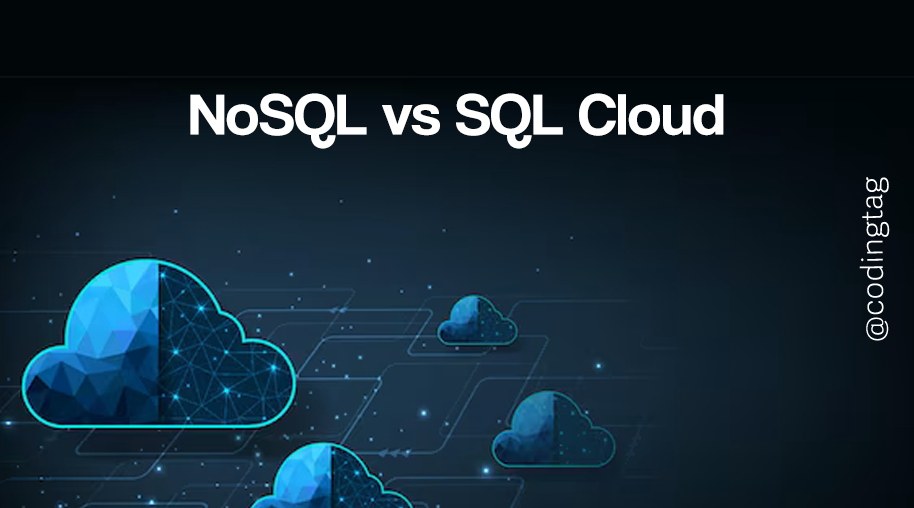AWS vs Manual Snapshots
0 562
AWS vs Manual Snapshots
Snapshots are an essential part of data protection and disaster recovery. In the cloud, particularly on AWS, snapshots help in backing up data volumes efficiently. But how does the automated snapshot system of AWS compare to taking manual snapshots?
Let's explore both options and understand their pros, cons, and ideal use cases.
What Is a Snapshot?
A snapshot is a point-in-time image of a volume or disk that can be used for backup, recovery, or migration purposes. In AWS, snapshots are commonly used with Amazon EBS (Elastic Block Store) volumes, enabling users to store backups in Amazon S3.
Manual Snapshots
Manual snapshots are user-initiated backups. You decide when and what to back up, typically from the AWS console, CLI, or SDK.
# Example: Creating a manual EBS snapshot using AWS CLI aws ec2 create-snapshot --volume-id vol-0123456789abcdef0 --description "Manual backup snapshot"
Pros of Manual Snapshots
- Control: You decide the exact timing and description of each snapshot.
- Simplicity: Straightforward process suitable for small-scale backups.
- Cost-Effective (if used sparingly): No unnecessary automated storage usage.
Cons of Manual Snapshots
- Human Error: Easy to forget or miss critical snapshot timings.
- Inconsistency: Backups may not follow a strict schedule.
- No Retention Policy: You must manually delete old snapshots.
AWS Automated Snapshots
AWS allows you to automate snapshots using Data Lifecycle Manager (DLM), AWS Backup, or third-party tools. These services schedule backups based on defined rules and automate snapshot retention and deletion.
# Example: Creating a snapshot lifecycle policy using AWS CLI aws dlm create-lifecycle-policy \ --execution-role-arn arn:aws:iam::123456789012:role/AWSDataLifecycleManagerDefaultRole \ --description "Daily backup policy" \ --state ENABLED \ --policy-details file://policy.json
The policy.json might contain scheduling rules like daily snapshots with 7-day retention.
Pros of Automated Snapshots
- Consistency: Snapshots are taken regularly and reliably.
- Retention Management: Old snapshots are deleted based on policies.
- Scalability: Ideal for managing snapshots across hundreds of resources.
- Integration: Works with services like AWS Backup and EventBridge for advanced workflows.
Cons of Automated Snapshots
- Complex Setup: Requires initial configuration with IAM roles and policies.
- Cost Risks: Misconfigured policies can lead to excessive snapshot creation and increased costs.
Use Case Comparison
| Feature | Manual Snapshot | AWS Automated Snapshot |
| Ease of Use | Simple CLI/console commands | Requires policy setup |
| Scheduling | Manual trigger | Scheduled automatically |
| Retention Policy | Manual deletion | Automatic retention management |
| Scalability | Limited | Highly scalable |
Best Practices
- Use automated snapshots for production environments to ensure consistency and safety.
- Manual snapshots can be useful for one-off backups before major changes or deployments.
- Always test recovery using snapshots to validate data integrity.
- Monitor storage usage and set alerts for snapshot sprawl.
Conclusion
When comparing AWS vs Manual Snapshots, the choice largely depends on your operational needs. For small or infrequent backup tasks, manual snapshots offer simplicity and control.
But for large-scale environments or business-critical systems, automated snapshots provide reliability, efficiency, and reduced human error. A hybrid approach often works best—manual backups for ad hoc needs, and automated backups for everything else.
If you’re passionate about building a successful blogging website, check out this helpful guide at Coding Tag – How to Start a Successful Blog. It offers practical steps and expert tips to kickstart your blogging journey!
For dedicated UPSC exam preparation, we highly recommend visiting www.iasmania.com. It offers well-structured resources, current affairs, and subject-wise notes tailored specifically for aspirants. Start your journey today!

Share:







Comments
Waiting for your comments